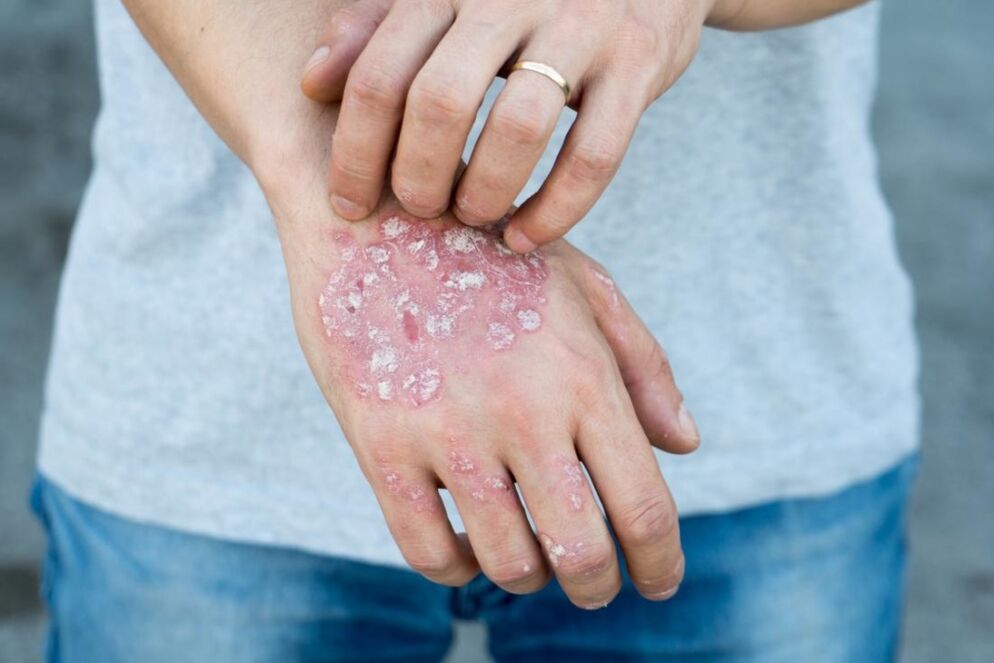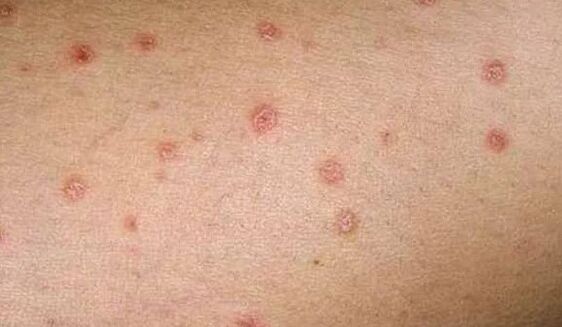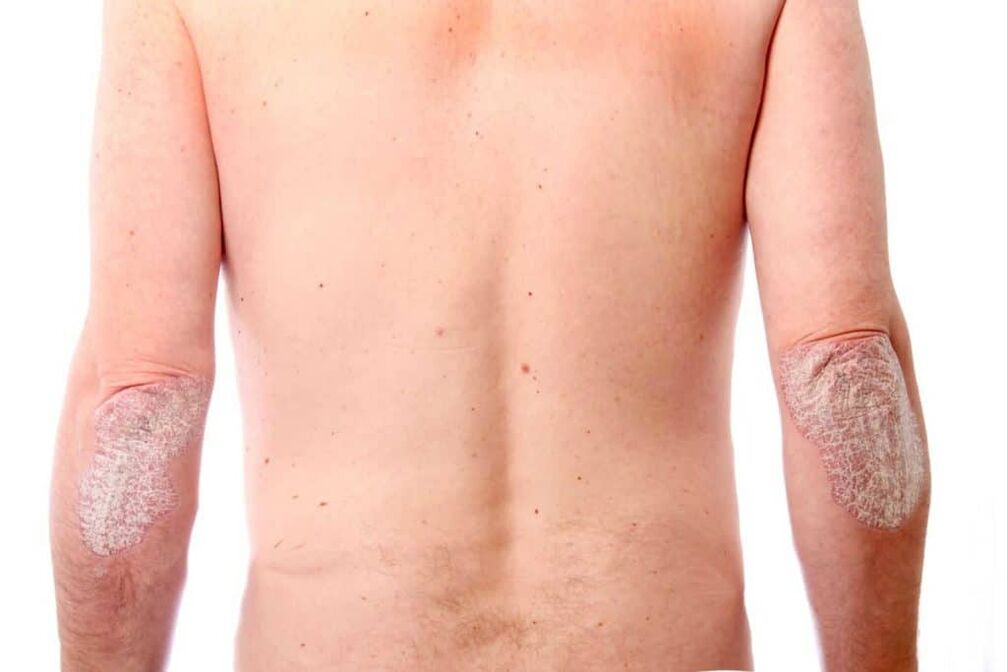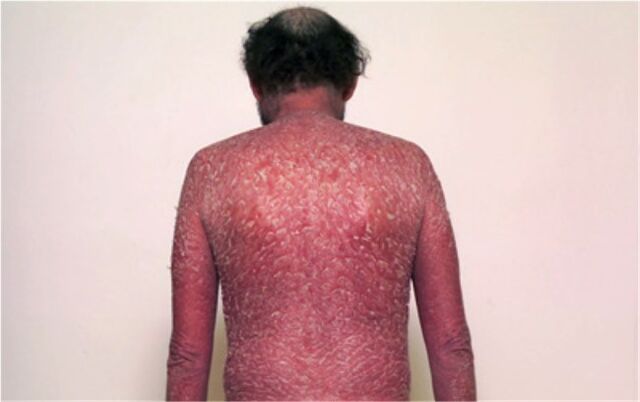Psoriasis is one of the most common chronic skin pathologies in the world, and the problem of treatment remains urgent.According to statistics, 130 ml cases are registered in the world in the world: all twenty -fourth residents of the planet suffer from an illness.As a rule, Pathology has debuts from 16 to 20 and 40 to 60 years.In 65% of the sick it is observed in a mild form, and the skin surface is easily influenced by plaques (up to 3%).The average degree of psoriasis suffers 25% (up to 10% of the skin area) and heavy, in which more than 10% of the surface are affected - 8%.

The exact cause of the disease has not yet been examined.It is believed that a parasitic infection, an allergic disposition, a hormonal imbalance, metabolic disorders and inheritance can cause the appearance of psoriasis plaques.
The tendency to develop psoriasis in childhood when one of the parents is sick is 25%.If both - the probability increases to 50%.According to statistics, 4 out of 100 children in the world are 4 of them psoriasis and cases of diseases in boys, less often than 25%.
The list of undesirable factors also includes infectious diseases, neuropsychic injuries and the negative effect of low temperatures.
As a result of the interaction of several external and inner causes, there is a violation of the blood flow to the dermis of the dermis, from which the reproduction of young and inadequate mature epidermal cells occurs so quickly that it accumulates on the surface with silver scales in the form of plaques or a drop or drop of the shape of the shape of the plaques or a drop.
The disease is progressing in such a way that they merge over time and transform them into large places.
Psoriasis lasts all life and cases of self -Heights are single.The remission times alternate with a deterioration, which is observed more often in the autumn winter period.However, there are cases of indefinite (all season) and photosensitive (summer) type.
Level
In the pathological process in psoriasis, several periods and the waves take similar course with the change of cycles of deterioration and remission.The diagnosis of the disease is not difficult for a specialist: it has special, specific symptoms and a characteristic skin type in different stages of the development of pathology.
The initial phase
First, when the disease has just appeared, rashes (papules) of the size of no more than a pen head appear. In psoriasis they are grouped on the skin of the bends of the limbs and do not progress and do not change.This so -called guards (service) plaques.

Classic clinical manifestations in the early stages form a psoriasis triad:
- Wax spot.The papules are covered with a white plaque with a gray tint made of plaque, loose and poorly defined.It can easily be scraped off from a spatula.External peeling scales are similar to the smallest chips of stars for the production of candles.
- Terminal film.A smooth, shiny, juicy hyperemic surface is visible under a loose attack.This is the last cell layer that can go.
- Bloody Dew is the last sign of the triad.It is formed when the terminal film is damaged and is manifested in the form of condensate from small bleed drops that do not merge.
Psoriasis is a chronic disease and it is impossible to fully recover from it.The main task of the treatment is to achieve a persistent, longer remission.Inadequate therapy for worsening are observed every two to three months.Treatment in the initial phase of psoriasis is gentle and begins with the use of keratolytic external products in the form of ointments and creams based on salicyl and lactic acid.
Medicines remove symptoms, suppress excessive cell formation, relieve inflammation and peeling.Psoriasis over time becomes resistant to the effects of certain drugs.Therefore, the healing program is checked after a certain period of time.This approach is referred to as rotation - a periodic change in the techniques that are in a circle.
Progressive stage
The second stage of the disease is the actual tip of the worsening.

The first shield - the peeling is only in the central part of the papules, and a pink whisk remains along the edges.This is a symptom of growth when individual rashes increase and merge.The second sign of progression becomes a symptom of the skin reaction: 10-14 days after injury (slash, scratches, scratches) of the skin appears a new typical plaque.Progressive psoriasis provides another symptom that is not observed in other stages - it itches with different intensity.The treatment of the progressive stage of psoriasis takes place in a hospital and includes:
- Drug medication: antihistamines, non -steroidal anti -inflammatory drugs, immunosimulation, vitamins.
- Physiotherapy: Puva, UFO, application with paraffin, sulfide and radon baths.
Treatment with a sanatorium resort is recommended after patients.Serious cases in particular are prescribed corticosteroid and cytostatic active ingredients.Psoriasis affects the nail plates.They become fragile, boring and rise above the bed.Typically, this condition with an illness also occurs from minor damage.
Stationary stage
After progress, the healing of the papules is created around the end of the fourth week.It starts from the center to periphery, and the plaques acquire a characteristic ring shape.Their color becomes less intense, new formations do not appear.The stationary level of psoriasis does not solve any special complaints.The patient is not painful, there is no itching.The therapeutic program remains the same.There can only be minor adjustments that pursue one goal: to give the opportunity to enter the last phase and not to turn into the progressive phase of psoriasis.

Fading of the stage
After a complex and intensive care, remission occurs and the disease is included in the hidden phase.In the last phase, peeling psoriasis disappears, plaques acquire a pale color.They gradually dissolve and merge with the skin.An exception - the so -called "frozen" fathers stay on the elbows, knees, stomach and buttocks.The remission period is individual and can take three months to several years.A patient with psoriasis should monitor and at the first sign of tightening to see a doctor and undergo treatment.Despite the chronic illness that arises for relapses, psoriasis makes it possible to live an ordinary and rich life.

























